Snoop Dogg’s stove stunt proves no one knows what marketing is
Remember when Snoop Dogg gave up smoking and ended up flogging stoves last year? The campaign didn’t pay off and Solo Stove’s CEO was, well, fired. System 1’s Andrew Tindall explains what went wrong.
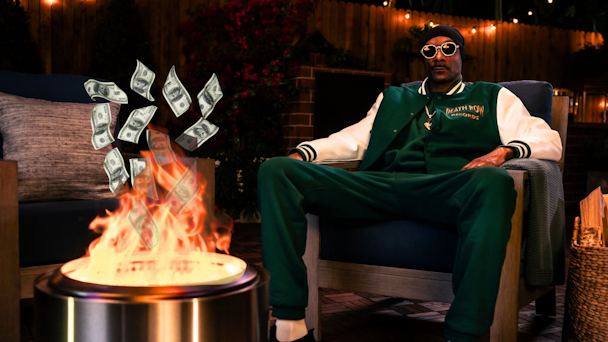
I shit you not. More than 1,500 marketers contacted me this week after I shared my take on Solo Stove getting rid of its CEO. Last year, the brand came from nowhere with a Snoop Dogg campaign.
The rap veteran told everyone he was giving up smoking; cue shock and horror. It was later revealed as an ad and a bait and switch, with Snoop opting for a ‘smokeless’ stove, get it?
It boosted awareness but didn’t drive enough sales, according to the company, but to me, it is yet another example that non-marketers have zero idea how marketing actually works.
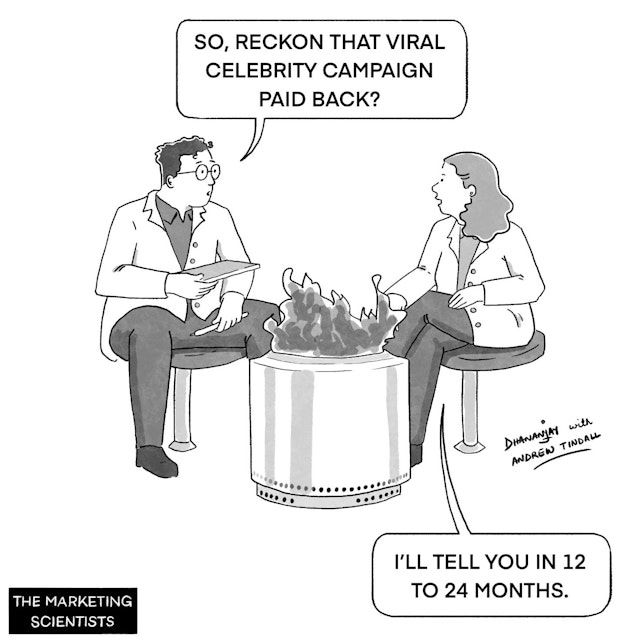
So, I’m going to propose a new marketing role, the post-campaign evaluation auditor. Yes, PEA [editor’s note: Andrew, that’s PCEA, but I’ll allow it].
Advertisement
Whether you call it the measure and evaluation (M&E) deck or wrap report, proper documents evaluating campaigns are marketers’ effectiveness contracts with the rest of the business. Why is this so vital? Because effectiveness is why marketing is an investment, not a cost line on the P&L.
You can tell a lot about an organization by how it treats these evaluation reports. Often, it’s like reading a teenager’s diary. Doughy-eyed, of course, with a hint of ‘none of this was my fault.’ It gets even worse with viral celebrity campaigns.
The dreaded finger-in-air reach numbers and social engagement metrics. It will be the PEA’s job to swoop into meetings and call bullshit on stuff like this. Its uniform will be a piss-yellow cape and a tattered copy of Binet and Field’s ‘The Long and Short of It’ under one arm.
How are people still falling for engagement metrics? Meta’s Marta Siekierska’s now-famous deck ‘Everything Competes With Everything’ blew this out of the water years ago in three clear slides.
Advertisement
1. Clicks don’t deliver brand results
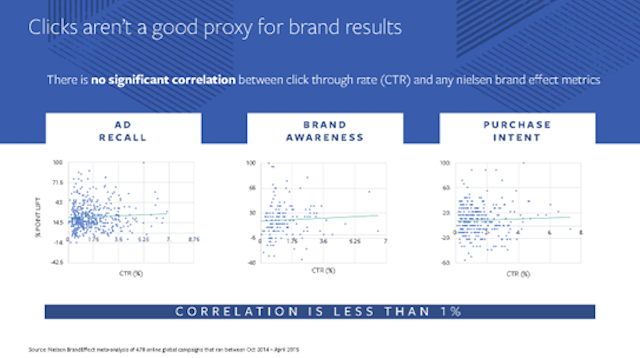
2. Clicks don’t predict or deliver sales
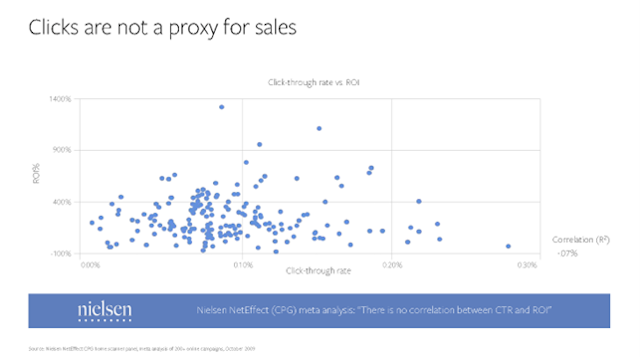
3. 90% of sales happen offline
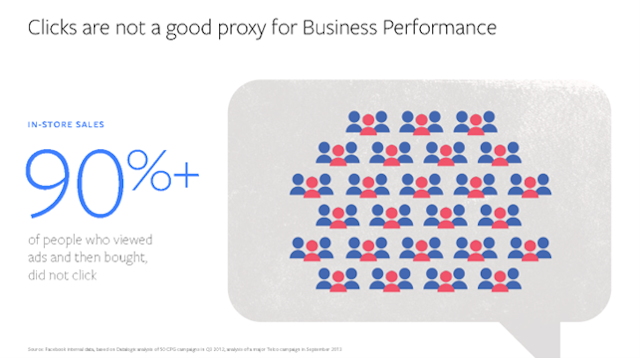
Yet here we are, still patting ourselves on the back when campaigns go viral. You can grab the full deck on my LinkedIn post here.
When they’re not reading Bob Hoffman’s musings, the PEA’s other job is to get the grownups in a room to agree on the marketing process before the budget sign-off.
Suggested newsletters for you
Seedily summed this process up in one brilliant meme.
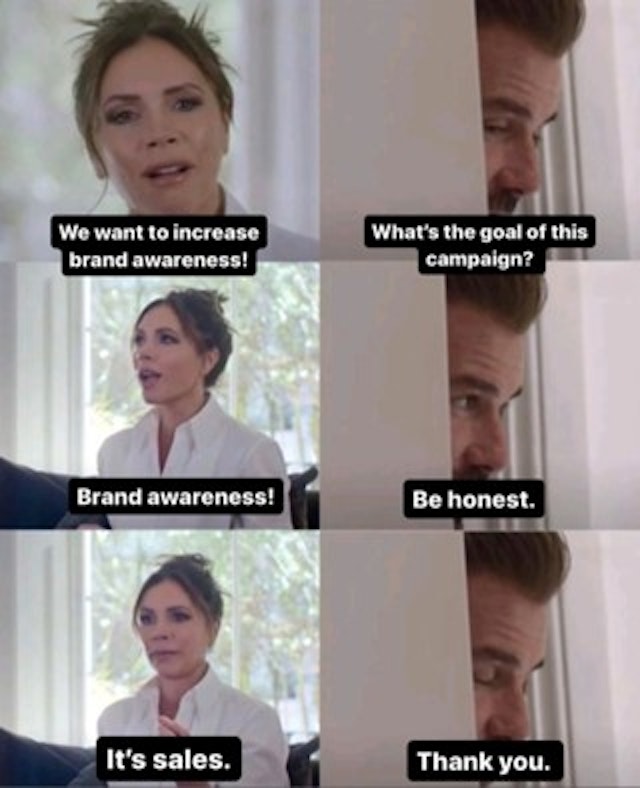
The key part: they will write it down so no one can disagree after.
What’s the business problem?
What’s our marketing strategy to overcome this?
What’s the comms strategy to deliver this?
What are we measuring to agree it’s worked?
What tactics are we doing to get there?
Citing awareness going up but sales not going up enough, as Solo Stove has done, should boil the blood of your newly hired PEA. It’s a rather unfair expectation to set from a digital and earned media campaign.
With Pinterest, I’ve looked at the brand effects of ads on its platform. We found that ads that leave people feeling more positive (what System1 measures to predict effectiveness with its ‘star rating’) create six times the brand lift, as measured by Pinterest.
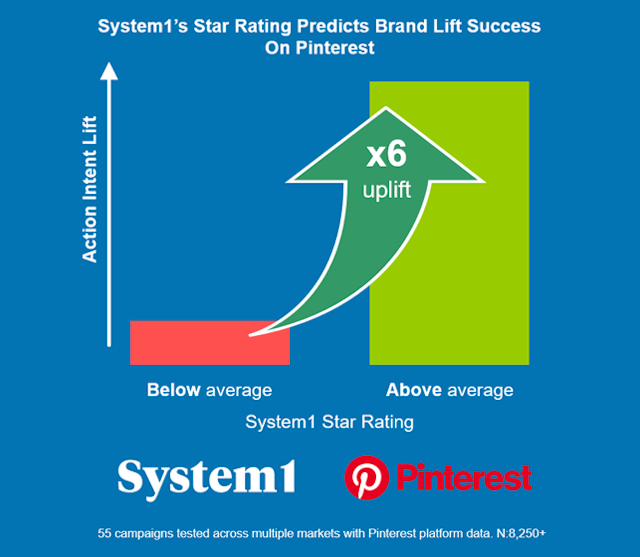
A bait and switch where Snoop Dogg earnestly claims that he’s given up smoking, with heartfelt replies from fans who have done the same, only to reveal it’s a paid promotion is only leaving you with a sour taste in your mouth.
As a side note, brand awareness has been the it-girl of brand metrics for years, but doing a campaign and pinning your target on an awareness metric feels a little sloppy. Which awareness metric do you care about? Spontaneous top-of-mind makes the most sense, right? The lofty heights of someone choosing you first. But it’s very hard to come to mind like this and doesn’t represent how our minds work in the buying occasion. Similarly, it’s not tied close enough to a buying need.
When you are traveling, do you want a “flight” or a “cheap flight to Europe”? That’s why Jenni Romaniuk’s book ‘Better Brand Health’ is a must-read for marketers this year and will be on the desk of any good PEA.
There’s plenty of research showing share of search is a closer metric to salience. If Solo Stove had a cape-wearing-PEA, it would have shared the global Google Trends data and well…it looks like the perfect “long and short” case study.
Spikes are getting bigger, base is slowly growing.
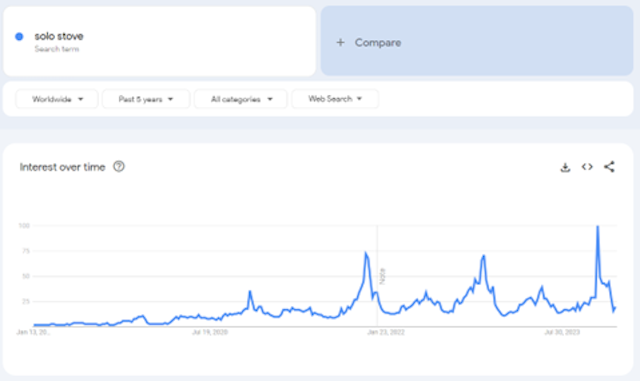
It’s a shame that we make marketers dance between the long and short like some kind of ad-land jester. And when it’s not perfect – off with their head.
But I’m convinced an iterative and robust evaluation process under the watchful eye of an impartial post-campaign evaluation auditor (OK, it’s a shit name) holding both sides to an “effectiveness contract” is the answer. And boost your chances of coming out looking golden by seeking out case studies and research and getting involved with the likes of the IPA, System1, WARC and Effie. Maybe even use methods to predict effectiveness before pulling the “let’s give Snoop $1m” trigger. Or if all else fails, fire your CEO and hope the extra media coverage sells a few more stoves.
If you liked this, you’re in luck. Andrew’s written a few pieces for The Drum that you can read below.

